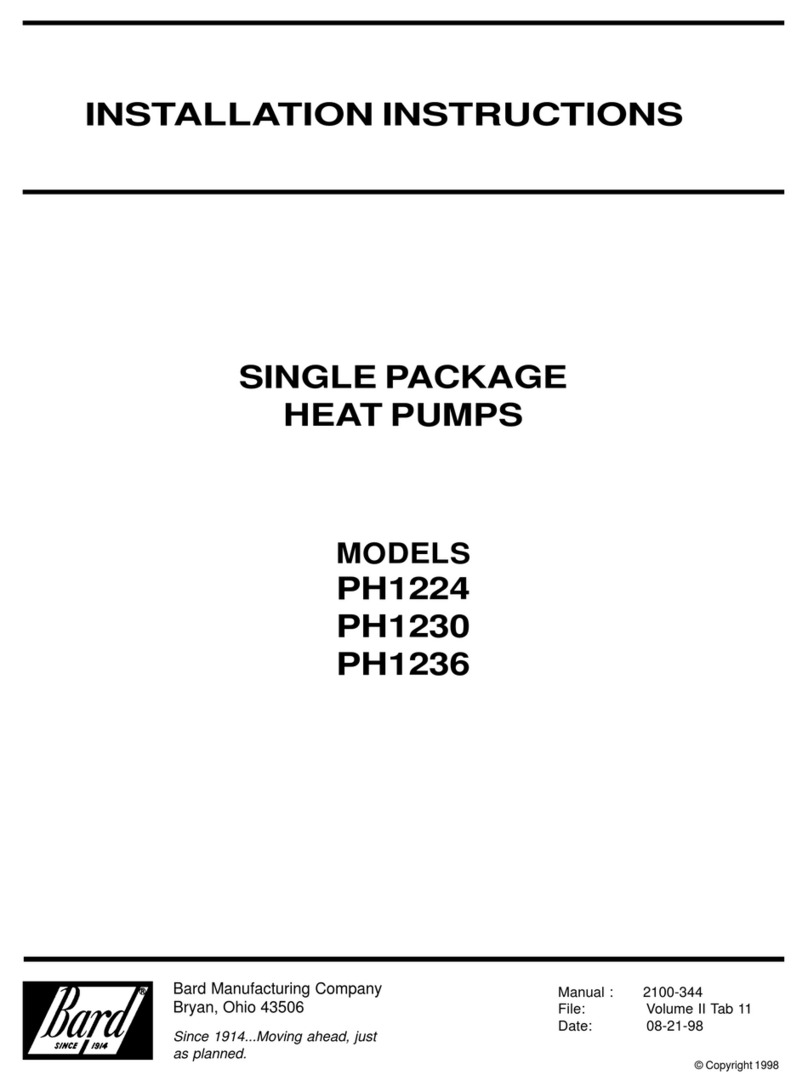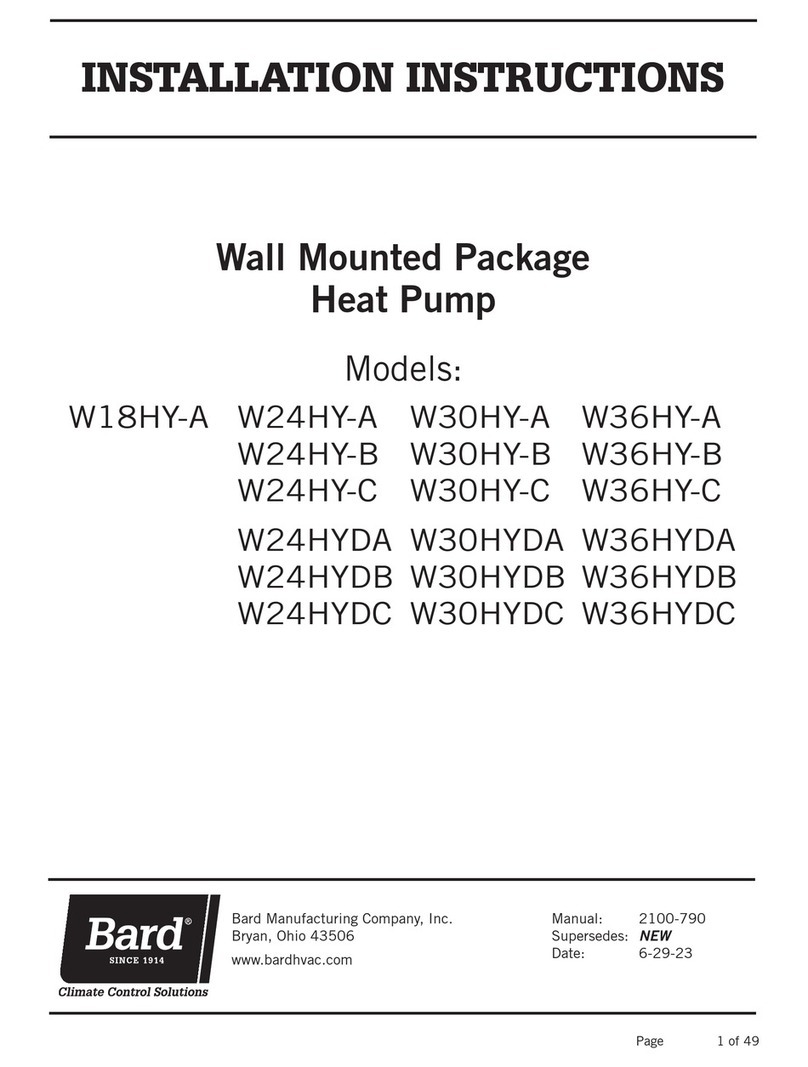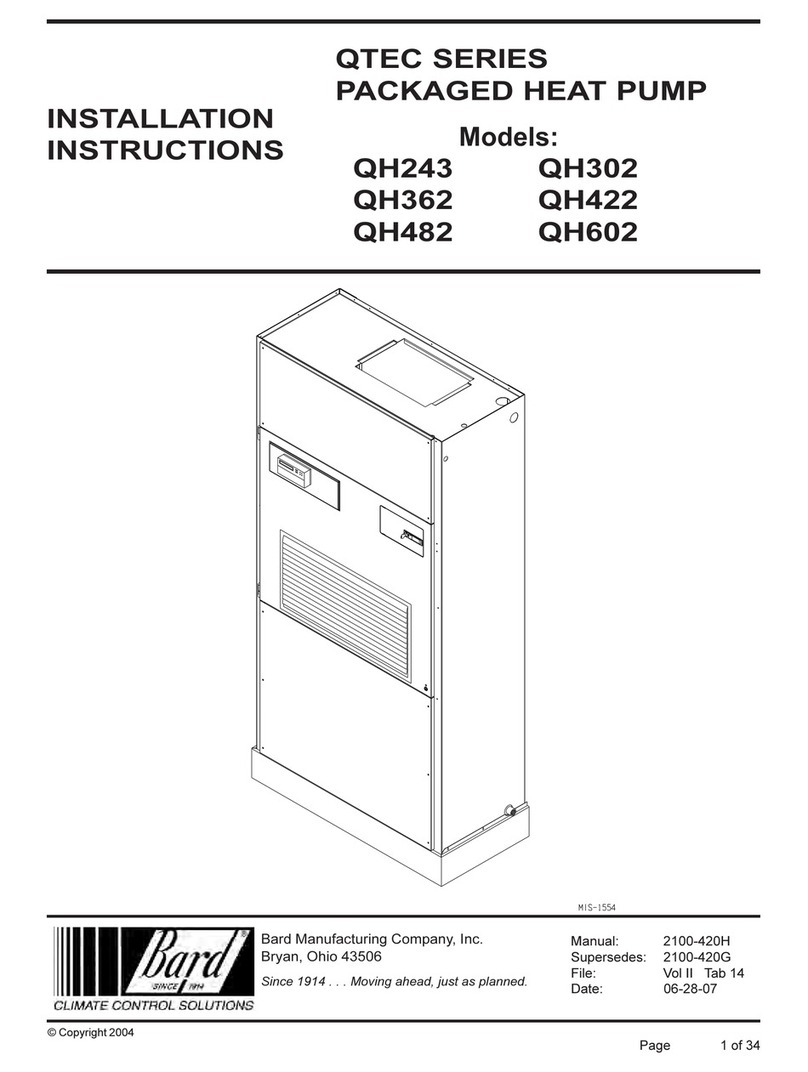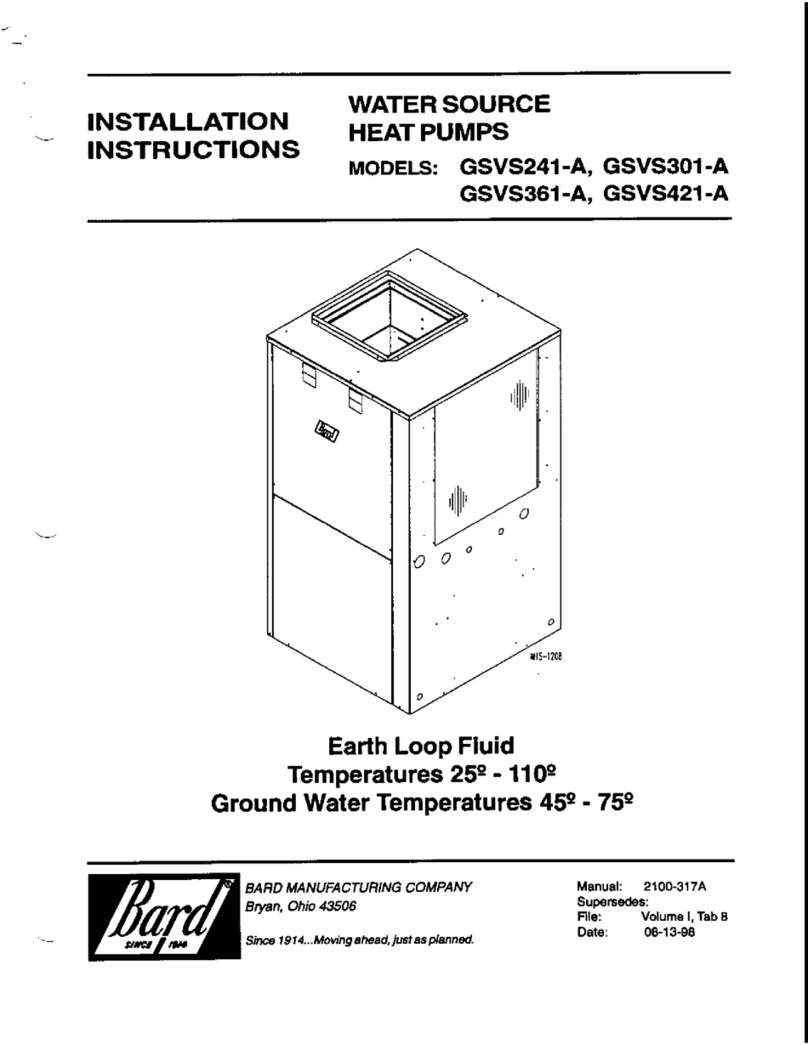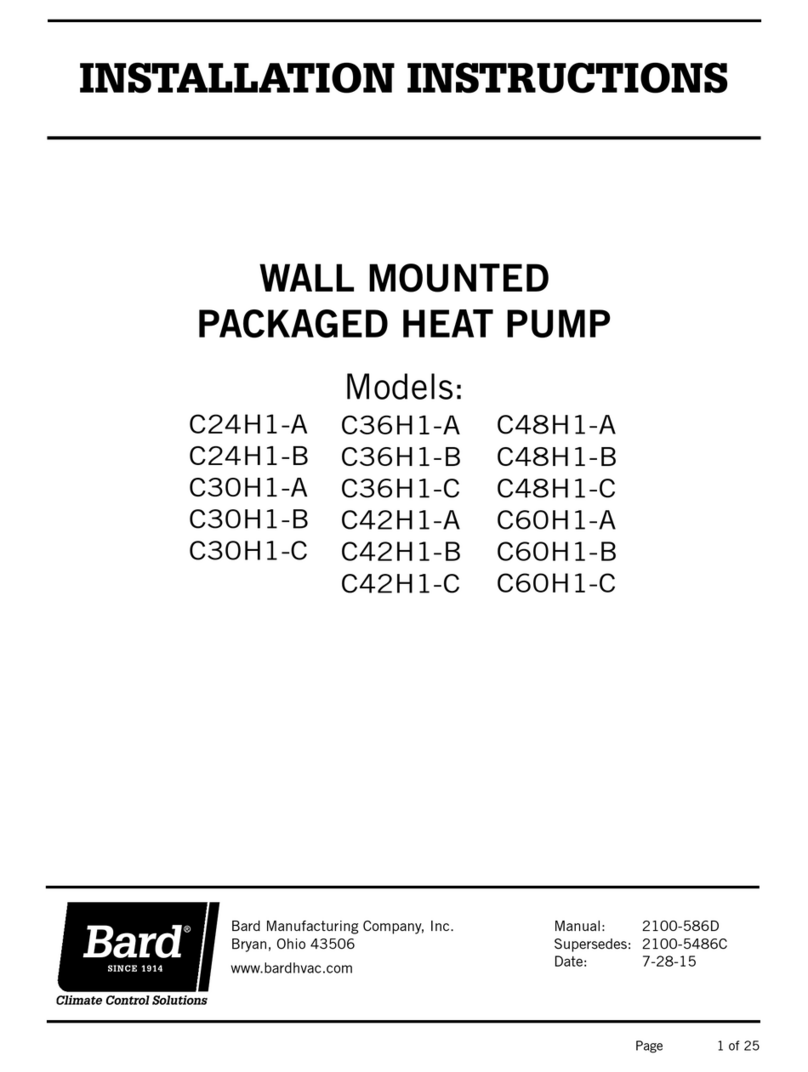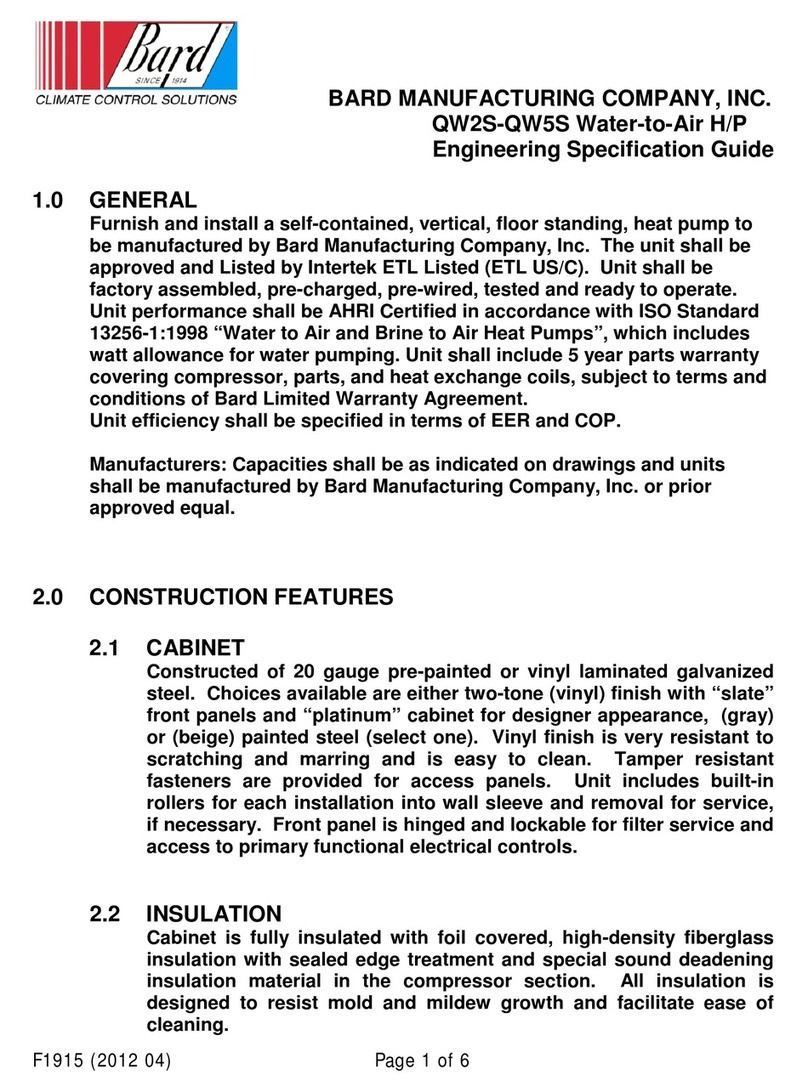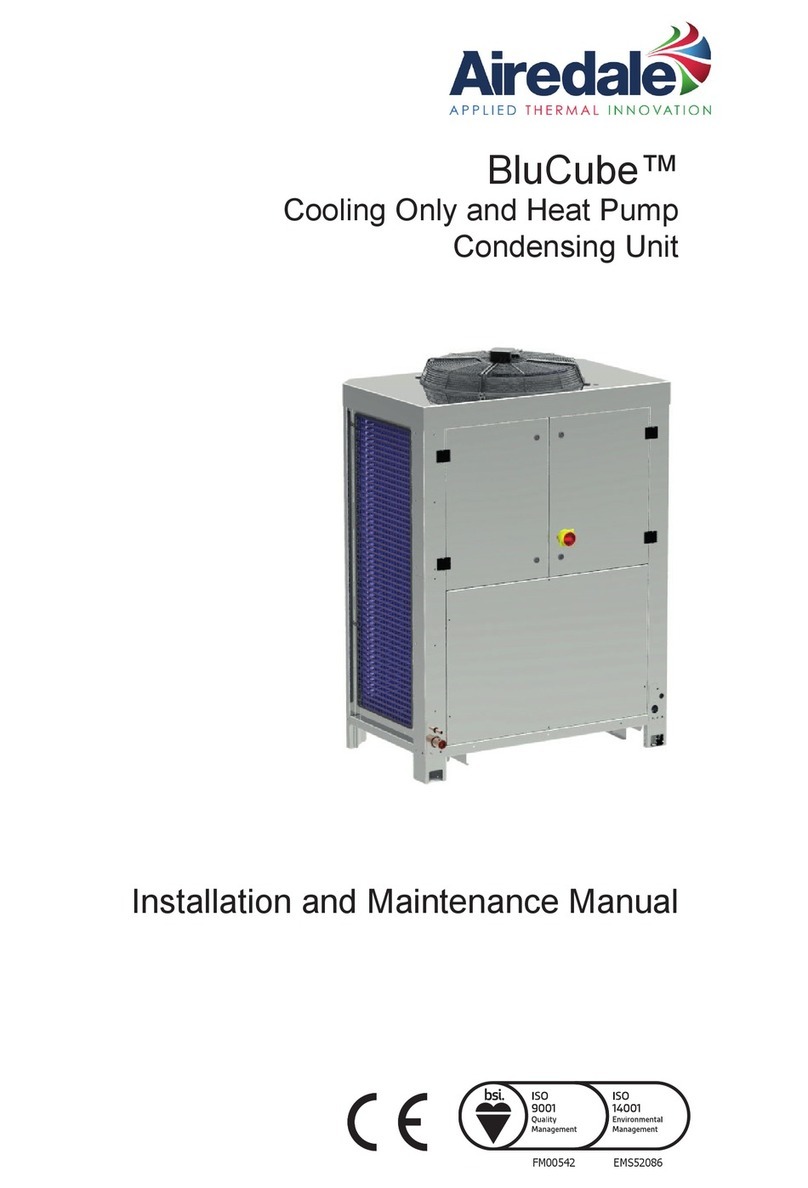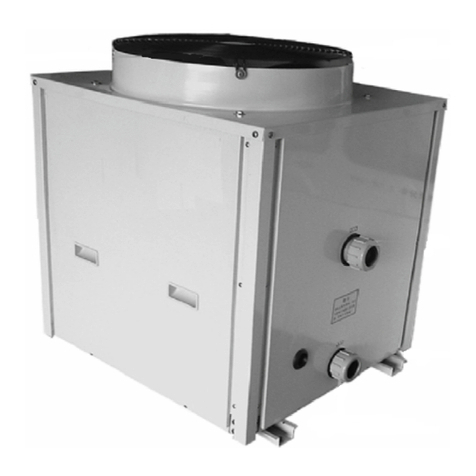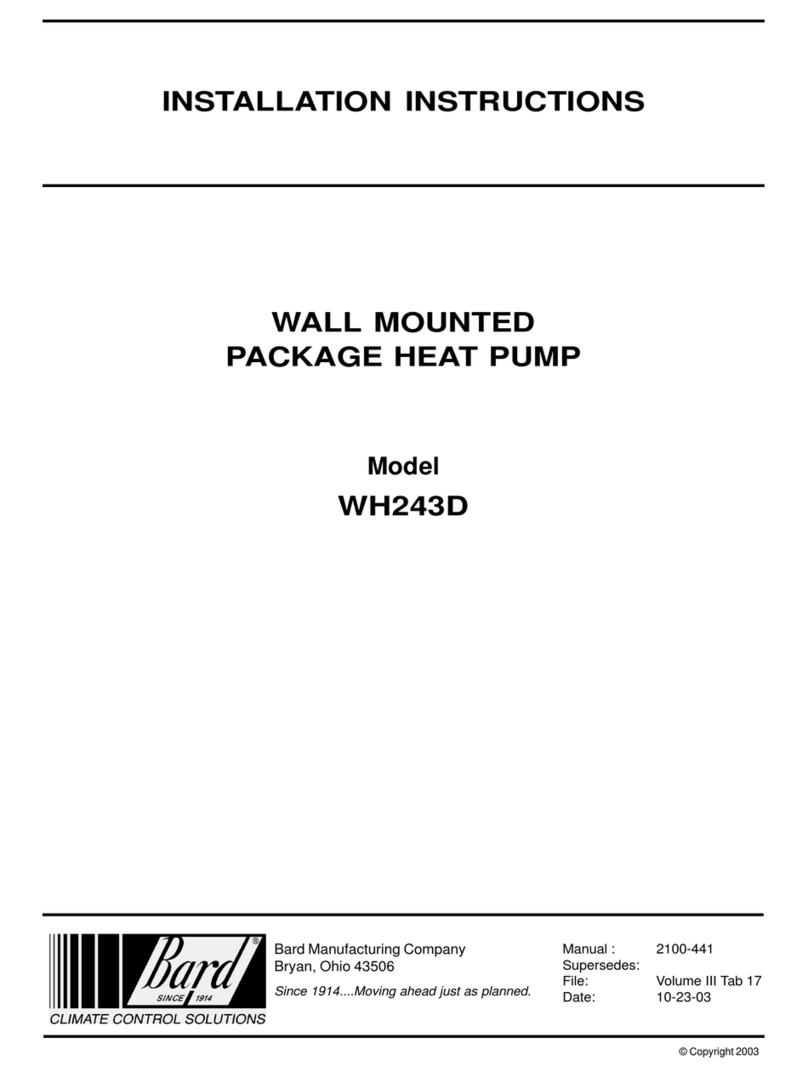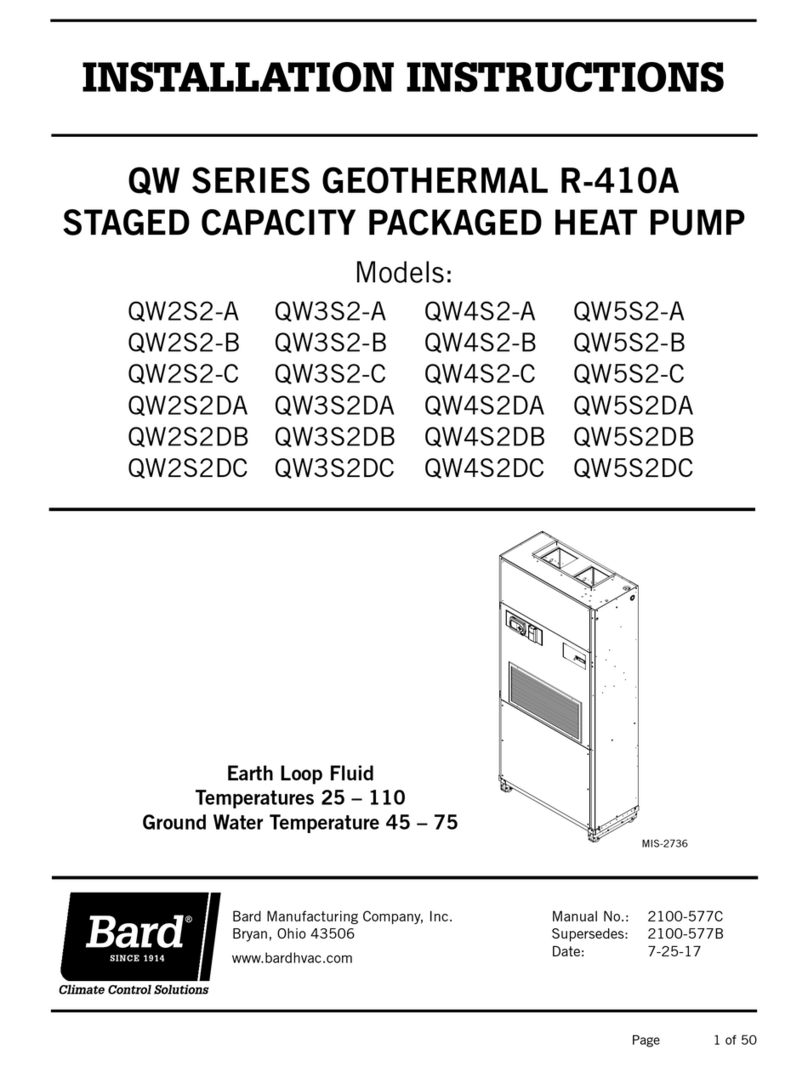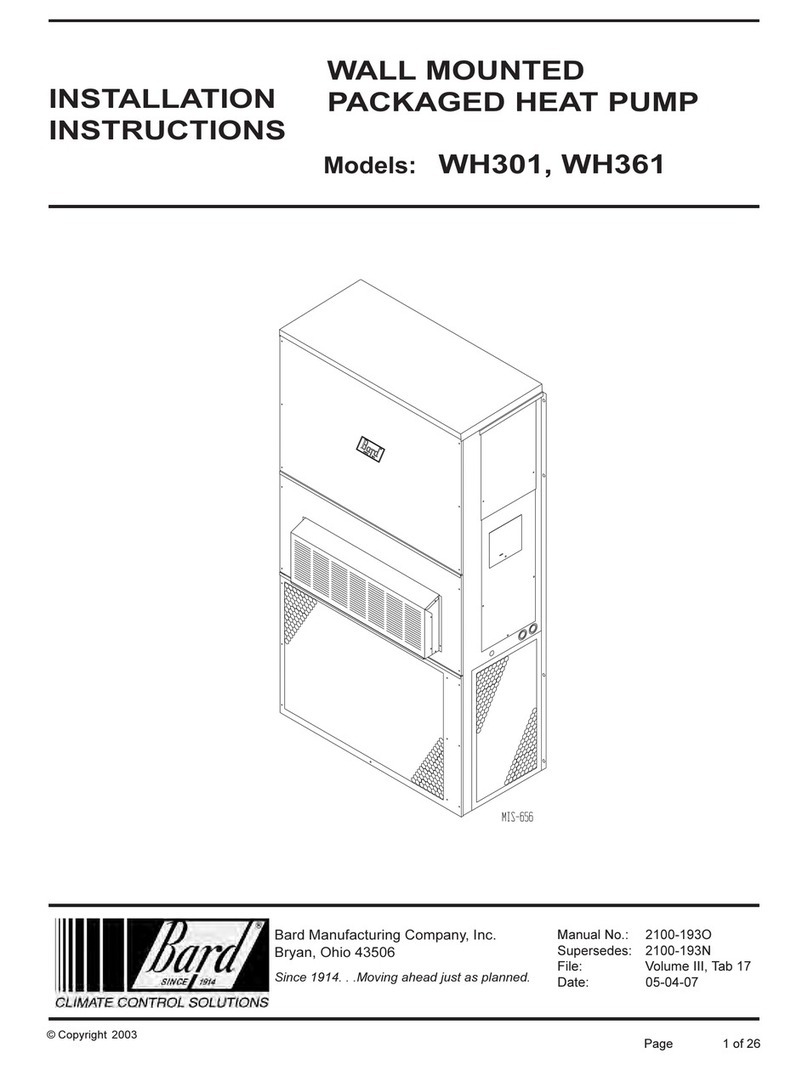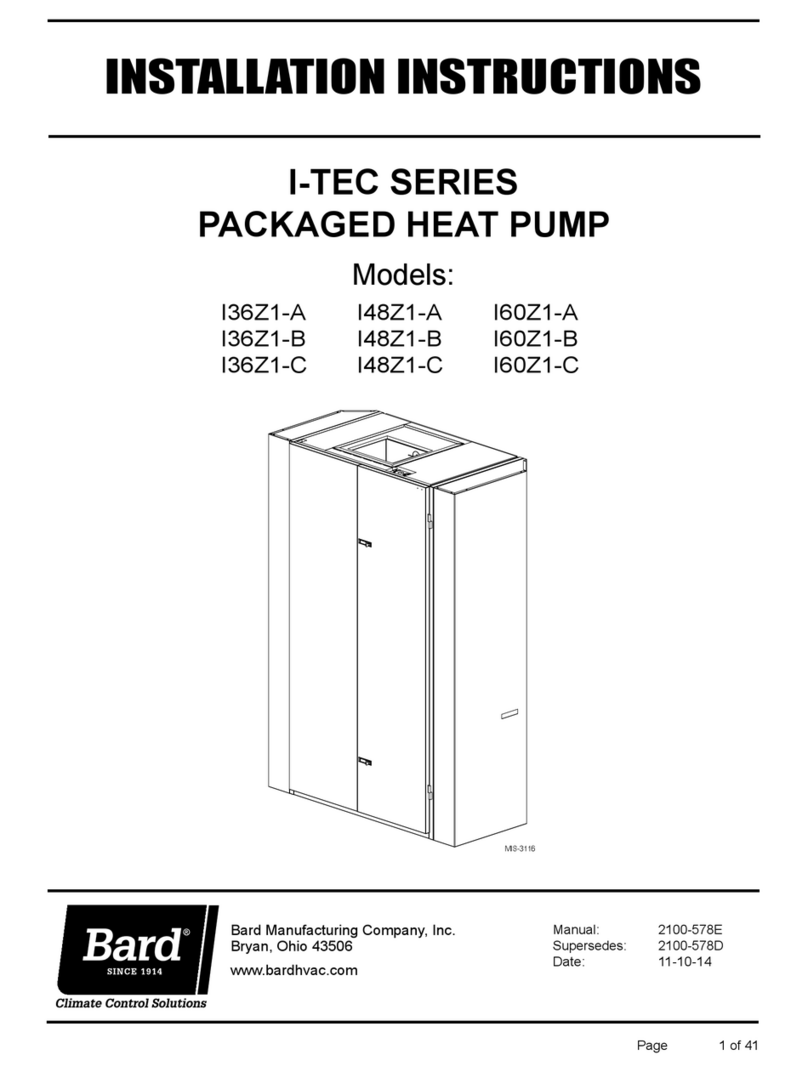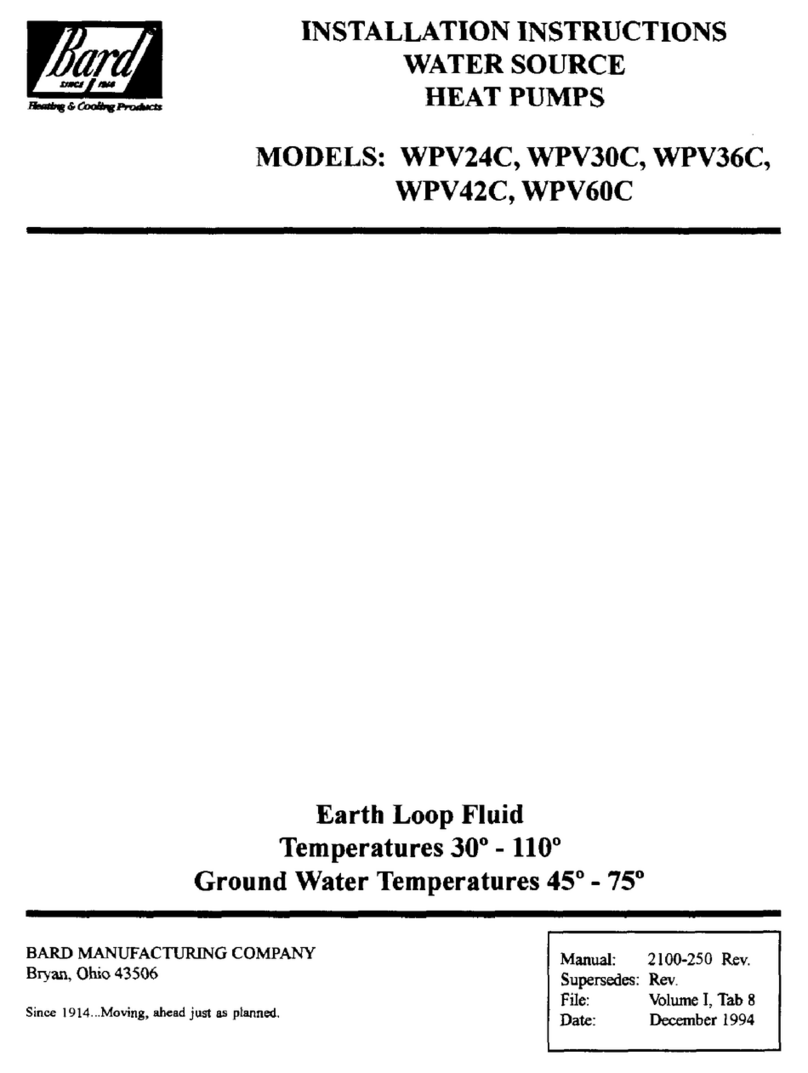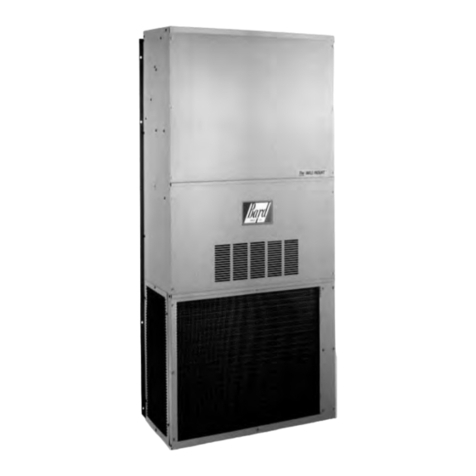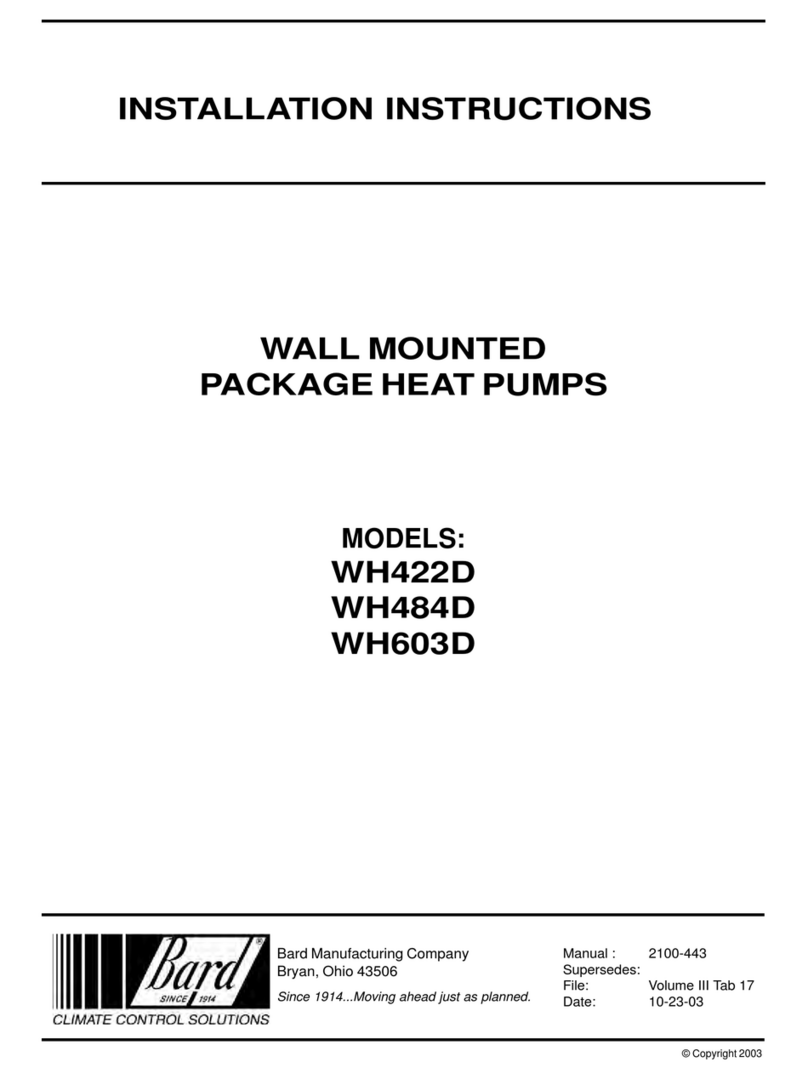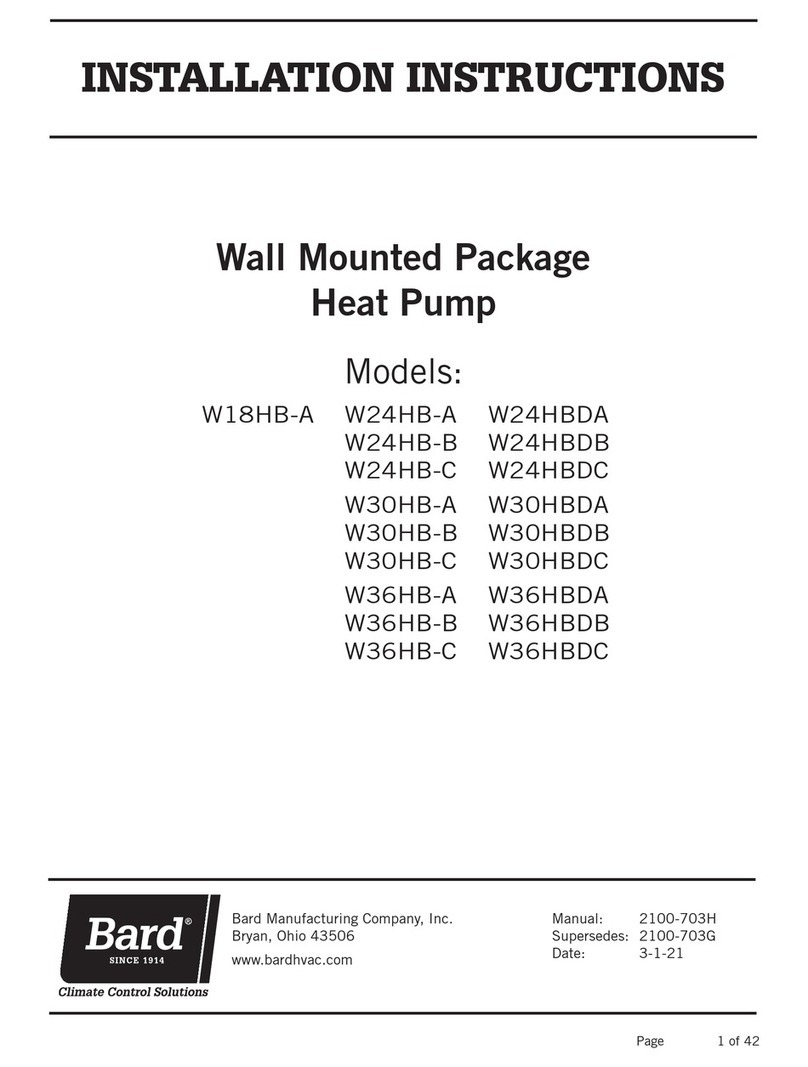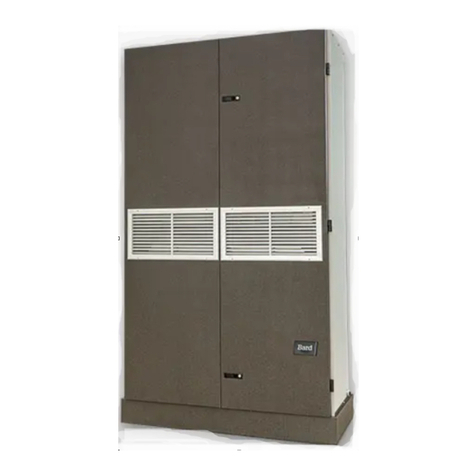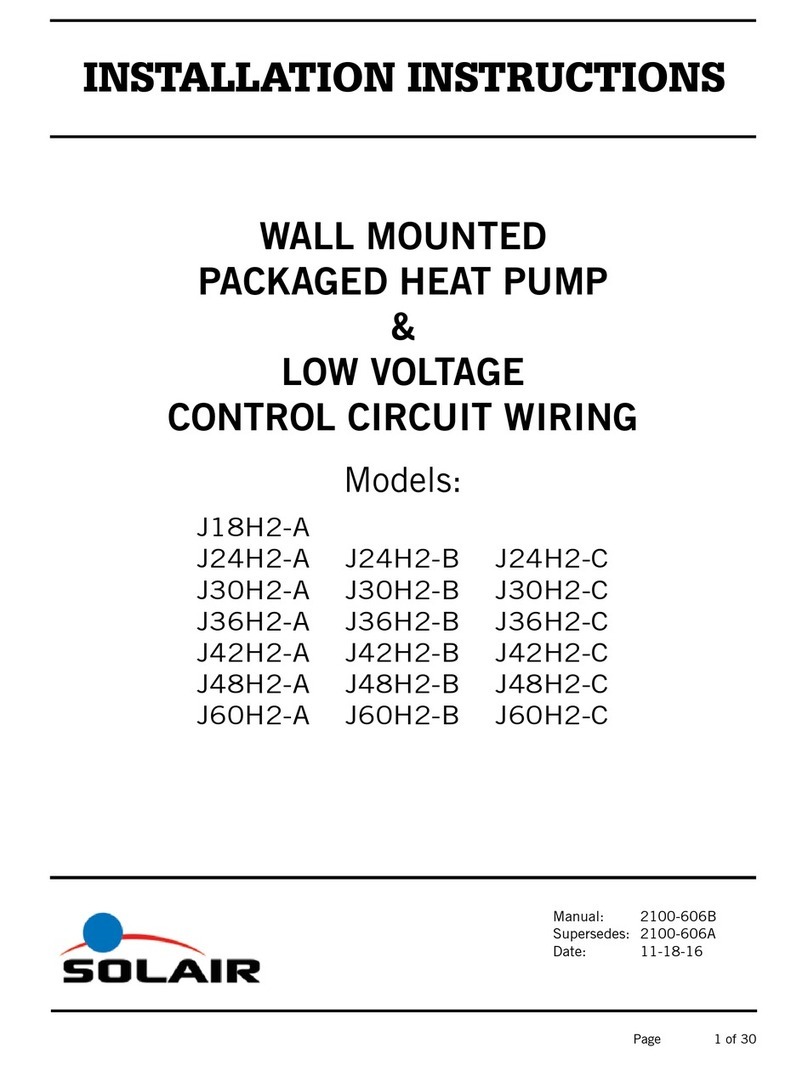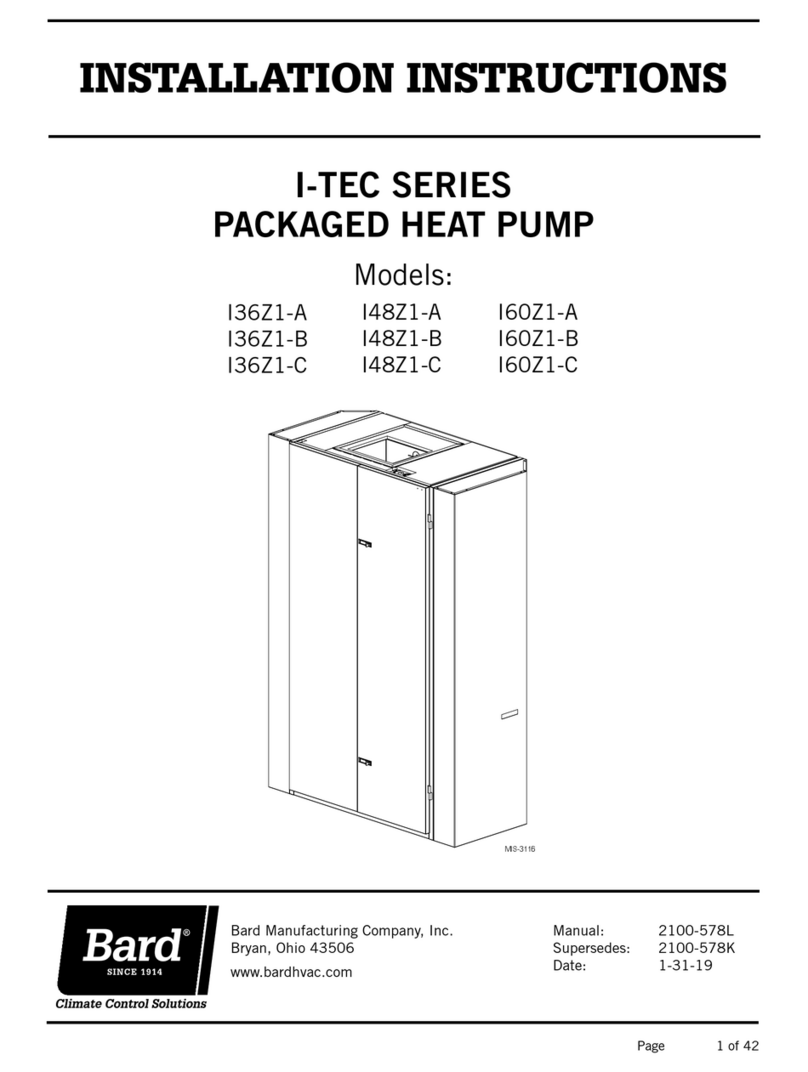
CONTENTS
i
Getting Other Information and Publications
For more information, contact these publishers:......1
QTEC General Information
QTEC Model Nomenclature......................................2
Shipping Damage ....................................................6
Unit Removal From Skid ..........................................6
Handling Unit After Removal From Skid ..................7
General ....................................................................7
Minimum Installation Height.....................................7
Duct Work ................................................................9
Filters .......................................................................9
Fresh Air Intake .....................................................10
Condensate Drain..................................................10
Service Light .......................................................... 11
Installation Instructions
Mounting the Unit...................................................12
Wiring — Main Power ............................................13
Wiring — Low Voltage Wiring ................................13
Figures
Figure 1 Unit Dimensions.......................................5
Figure 2 Air Seal on Bottom of Unit........................6
Figure 3 Removal of Unit From Skid ......................6
Figure 4 Unit on Appliance Cart.............................7
Figure 5 Installation With Free Blow Plenum.........8
Figure 6 Ducted Application ...................................8
Figure 7 Supply Duct Connections ........................9
Figure 8 Filter Location ..........................................9
Figure 9 Side Drain ..............................................10
Figure 10 Optional Rear Drain ...............................10
Figure 11 Rear Drain (Top View)............................ 11
Figure 12 Unit Mounting......................................... 11
Figure 13 Removing Locking Screws
From Wheels .........................................12
Figure 14 Component Location..............................13
Figure 15 Thermostat Plug Terminals ....................14
Figure 16 Thermostat Wiring Diagram "E" Option 15
Figure 16A Thermostat Wiring Diagram "X" Option16
Figure 16B Thermostat Wiring Diagram "F" Option17
Figure 17 Fresh Air Damper Removal....................21
Figure 18 QERV Removal......................................22
Figure 19 Dehumidification Mode Circuit ...............25
Figure 20 Cooling Mode Circuit..............................26
Figure 21 Heat Pump Control Board......................27
Figure 22 Fan Blade Setting ..................................30
Tables
Table 1 Factory Built-In Electric Heat Table ...........2
Table 2 Electrical Specifications ............................3
Table 2A Electrical Specifications ............................4
Table 3 Operating Voltage Range........................13
Table 4 Wall Thermostats and Subbase
Combinations ..........................................14
Table 5 Troubleshooting ......................................28
Table 6 Temperature vs Resistance of
Temperature Sensor................................29
Table 7 Fan Blade Dimensions............................30
Table 8 Suction Line Temperatures .....................30
Table 9 Indoor Blower Performance ....................30
Table 10 Cooling Pressure ....................................31
Table 11 Heating Pressure ....................................32
Table 12 Optional Accessories ..............................33
Start Up
Description of Standard Equipment ..........................18
Optional CFM ............................................................18
Important Installer Note.............................................18
Phase Monitor ...........................................................18
Three Phase Scroll Compressor Start Up
Information ................................................................18
Service Hints .............................................................19
Mist Eliminator Service................................................1
Vent Options..............................................................20
Sequence of Operation .............................................23
Optional Climate Controls Sequence
of Operation ..............................................................23
Refrigerant Tube Schematic for Reheat Coil.............24
Pressure Service Ports .............................................25
Defrost Cycle.............................................................27
Troubleshooting
Solid State Heat Pump Control Troubleshooting
Procedure..................................................................29
Checking Temperature Sensor..................................29
Fan Blade Setting Dimensions..................................30
Refrigerant Charge....................................................30
Pressure Charts ...................................................31-32
Optional Accessories ................................................33



